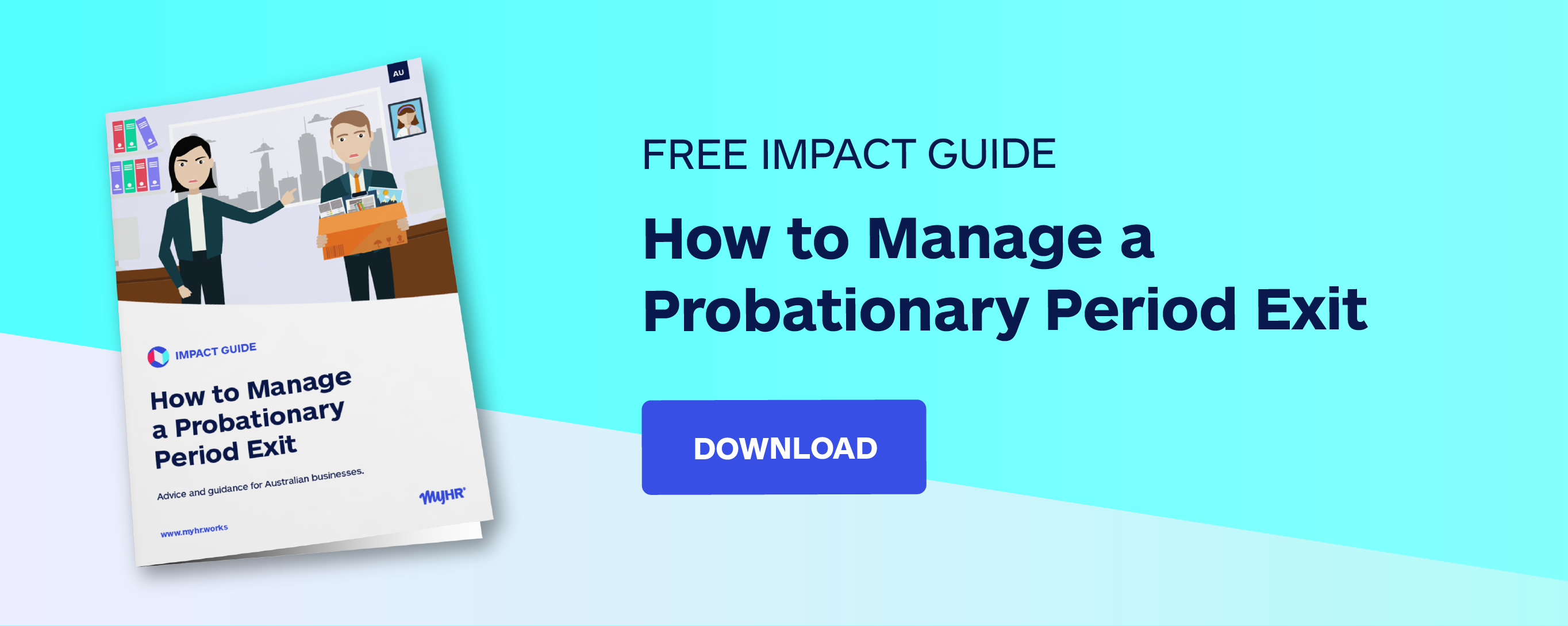Employee or independent contractor? Here's a practical guide to approaching this common question which can cause significant issues for your business if you get it wrong.
At MyHR, we're regularly asked to give an opinion on the difference between contractors and employees. Usually, this is because the parties want to set up a contractor relationship and all too often the relationship is better defined as employment.
Sometimes, the individual is seeking a contracting relationship for perceived tax benefits. They might tell an employer that they “choose” to be a contractor and they’re “okay waiving their employment rights” in favour of an independent contractor relationship.
However, this choice is not theirs to make. In Australia, the day-to-day nature of the employment relationship defines whether somebody is an independent contractor or an actual employee. People cannot choose to opt out of employment entitlements and they cannot opt out of their statutory tax requirements.
Getting this wrong can cause significant issues and cost on multiple fronts: tax, superannuation, and employment law.
So how do you know the difference?
The difference between an employee and a contractor
There is plenty of advice online to help with differentiating between an employee and a contractor. The Australian Tax Office (ATO) provides a handy decision tool and there is also lots of useful information at Business.gov.au.
For a less formal, common sense assessment, remember: If it looks like a duck, swims like a duck, and quacks like a duck, then it probably is a duck. No amount of convincing yourself (or others) that it’s a golden swan will make it not a duck!
Employees
Employees are in a contract “of service”, serving the employer under a relevant award, agreement, or an employment contract.
They are considered part of the business and (generally speaking) told what to do. Hours are generally fixed and they dedicate their time and effort primarily to one organisation. They are provided tools to complete the work. They must apply for time off.
This means they’re paid by a payroll system, with PAYG and any fringe benefits deducted. They’re eligible for superannuation and have all minimum rights under the Fair Work Act.
Contractors
Contractors are working in a contract “for service”, serving themselves by delivering outcomes to their clients. This is a commercial relationship, not an employment relationship.
Contractors are self-employed and can work freely for a number of organisations (or sub-contract the work out). They dictate their own time-off and may or may not be available for work. They provide their own equipment and tools.
They invoice for their work and look after their own tax obligations, and if their turnover is at least $75,000 a year (or they claim fuel tax credits or provide taxi travel), they must be GST registered.
Note that any contractor who is paid wholly or principally for their labour is considered an employee for superannuation purposes.
The nature of the employment situation is usually obvious, although project work of fixed duration or finite funding could be debated. In most cases, the same rules above can be applied and a position and fixed-term employment could apply.
Practical tests
There are a couple of practical tests around termination and leave that can really highlight the true nature of the employment relationship.
Termination
If both parties are comfortable with the understanding that the work may cease at short notice and without any official process, then it is likely a contractor relationship.
However, if the individual would feel aggrieved and being told “don’t come to work on Monday”, then they may have an expectation of fixed hours and ongoing work, which means they are more likely an employee.
Leave
If both parties are comfortable with the individual “booking themselves out” for periods of time at their own discretion, then it is likely a contractor relationship.
But if the employer would feel upset at the individual announcing their intention to go away for a couple of months, then there is an expectation that the person is available at the employer’s requirement and should apply for leave. This person is an employee.
Get it in writing
Two recent High Court decisions (ZG Operations & Anor vs Jamsek & Ors; CFMMEU & Anor vs Personnel Contracting) have emphasised that the written agreement between the parties is the primary factor in determining whether a worker is an employee or a contractor.
Such decisions will provide greater certainty to employers engaging contractors, given the difficulty they have faced in assessing contractor arrangements using multi-factorial tests and the like.
However, the court added that if the arrangement were a clear sham, otherwise unlawful, or unclear, this approach would not stand.
So it’s crucial for employers to review and assess their contractor arrangements to ensure that they are legitimate. Most importantly though, make sure that any contractor arrangement is set out in writing, clearly defining the terms of the agreement as that of a principal and contractor.
If you still don’t have you a clear view, then try the more formal online checklists or seek some professional advice.
Don’t run the risk of falling foul of Australia's tax or labour laws.
You could be liable for extra costs like unpaid tax and minimum wages. You might also be fined or receive other penalties from the Fair Work Commission or Fair Work Ombudsman.
Read more about other common mistakes with employment contracts.


